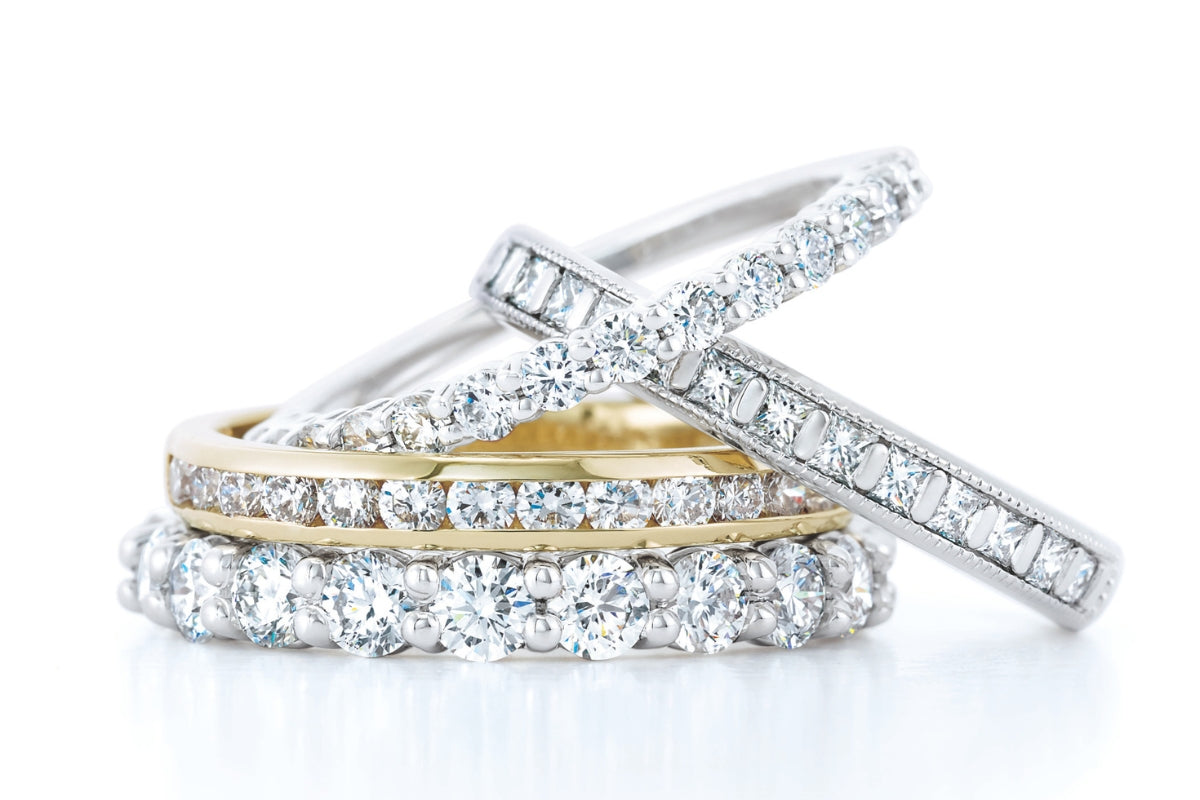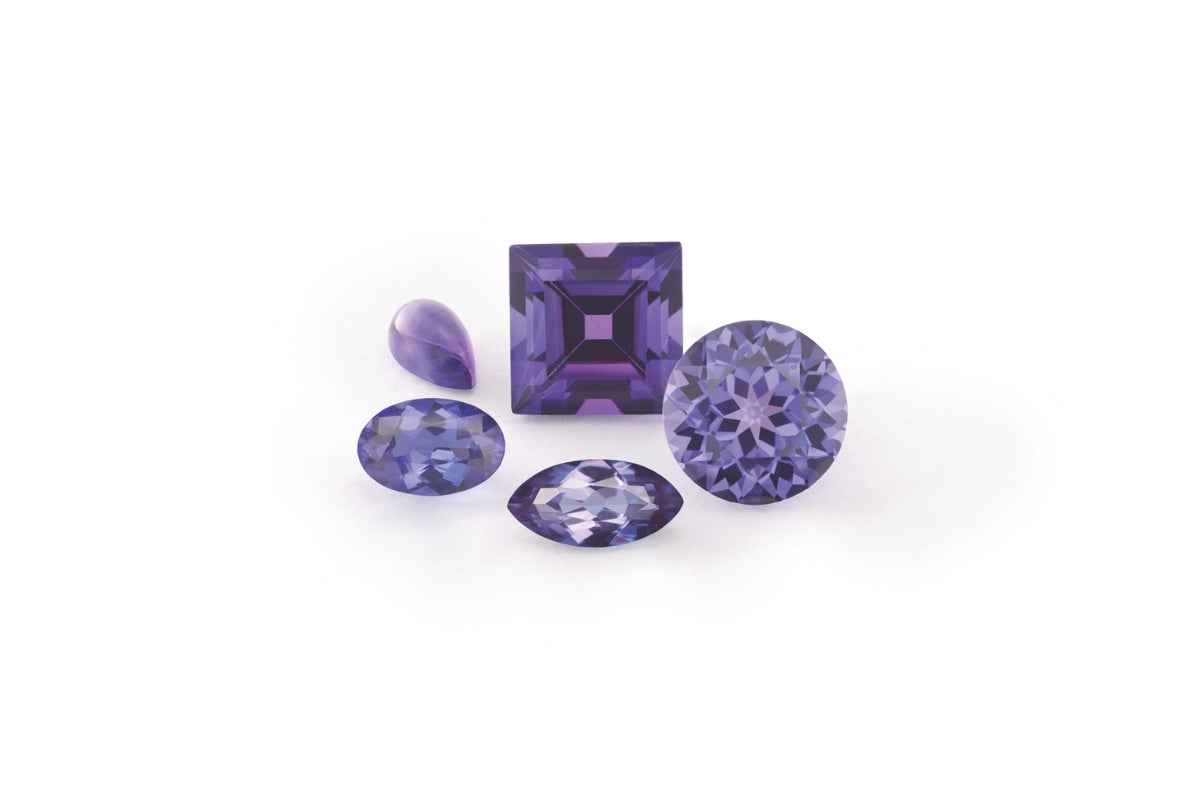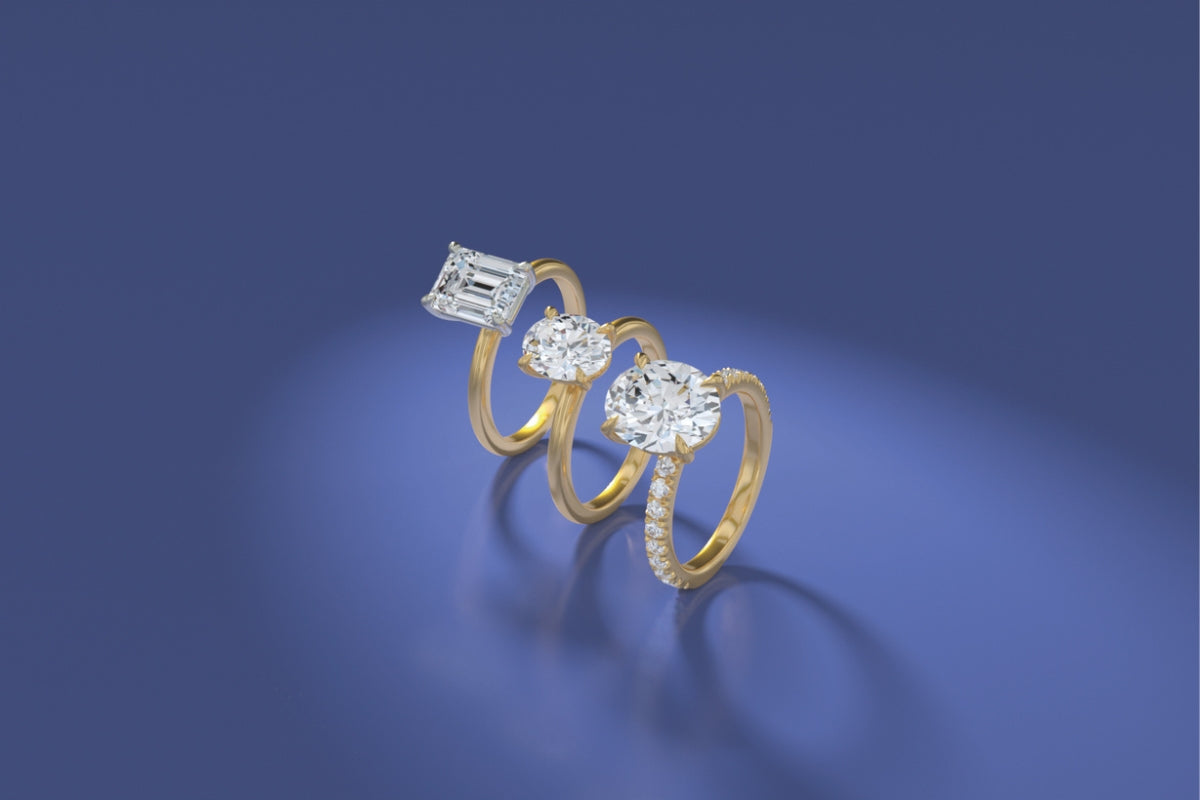Lab-grown diamonds are rapidly transforming the world of jewelry, offering a brilliant alternative to their mined counterparts. As these dazzling gems gain popularity, it’s fascinating to look back and trace their origins. From their scientific beginnings to their current status as an ethical and sustainable choice, the history of lab-grown diamonds is a journey marked by innovation and discovery.
The Birth of Lab-Grown Diamonds
The story of lab-grown diamonds begins in the mid-20th century, during a period of significant scientific advancement. In the 1950s, researchers first began to explore the possibility of creating diamonds in a laboratory setting. The initial goal was to replicate the natural conditions under which diamonds form deep within the Earth’s mantle. The first significant breakthrough came in 1953 when a team led by Dr. Howard Tracy and Dr. Eugene G. H. Wilkerson at General Electric (GE) succeeded in creating synthetic diamonds using high-pressure, high-temperature (HPHT) techniques. Their method mimicked the extreme conditions of temperature and pressure found in nature, leading to the creation of diamonds that were chemically and physically identical to mined diamonds.

The HPHT Process (1970s-1990s)
The HPHT process became the cornerstone of early synthetic diamond production. By applying pressure of over 1.5 million pounds per square inch and temperatures exceeding 2,000 degrees Fahrenheit, scientists were able to produce diamonds that could be used for industrial purposes. These diamonds were primarily used for cutting tools and abrasives due to their hardness. In the 1970s, the development of the HPHT process led to the commercialization of lab-grown diamonds, but their use was limited to industrial applications. It wasn’t until the 1990s that these diamonds began to gain attention in the consumer market, thanks to advancements in technology and a growing interest in ethical and sustainable alternatives to mined diamonds.
The Chemical Vapor Deposition (CVD) Era (1980s-Present)
The 1980s marked the advent of a new technique for creating lab-grown diamonds: Chemical Vapor Deposition (CVD). This method involves using a carbon-rich gas, such as methane, which is ionized in a vacuum chamber to form a plasma. The carbon atoms then deposit onto a substrate, slowly building up a diamond layer. CVD diamonds offer several advantages over HPHT diamonds, including the ability to create diamonds with fewer inclusions and a broader range of colors. This process also allows for the growth of larger and higher-quality diamonds, making them suitable for use in fine jewelry.
The Modern Era: Ethical and Sustainable Choices
In the early 2000s, lab-grown diamonds began to gain significant traction in the jewelry market. As consumers became increasingly aware of the ethical and environmental issues associated with mined diamonds, lab-grown diamonds emerged as a compelling alternative. Their ability to be produced with minimal environmental impact and without the human rights concerns associated with some diamond mining operations resonated with a new generation of buyers.
Advancements and Certifications
Advancements in both HPHT and CVD technologies have led to the production of lab-grown diamonds that have the same physical, chemical, and optical properties as mined diamonds. Modern gemological laboratories can now certify lab-grown diamonds using the same criteria as mined diamonds, including the 4Cs (cut, color, clarity, and carat weight). This has further bolstered confidence and acceptance.

The Future of Lab-Grown Diamonds
As technology continues to evolve, the future of lab-grown diamonds looks bright. Innovations in production techniques promise even more sustainable and cost-effective methods for creating these gems. Additionally, the growing demands for ethical and eco-friendly products is likely to drive further growth in the lab-grown diamond market.
The history of lab-grown diamonds is a testament to human ingenuity and the quest for ethical innovation. From their scientific origins in the 1950s to their current status as a desirable and responsible choice, lab-grown diamonds have come a long way. They represent a harmonious blend of technology and luxury, offering a sparkling future for the world of gemstones.
As you explore the world of lab-grown diamonds, you’re not just choosing a beautiful gem, but also contributing to a more sustainable and ethical industry. Whether you’re drawn to their scientific allure or their environmental benefits, lab-grown diamonds are truly a gem of the modern age.
Soha Diamond Co. is a jewelry store located in Madison, Wisconsin:
https://maps.app.goo.gl/J8zaeQUYWAk23hDNA
View custom Soha engagement ring styles on Instagram:
https://instagram.com/sohadiamondco
Browse Soha Diamond Co. engagement ring inspirations:
https://www.sohadiamondco.com/pages/our-engagement-rings
Learn about Soha’s engagement ring design process:
https://www.sohadiamondco.com/pages/design-process
Book your custom engagement ring visit with Soha:




